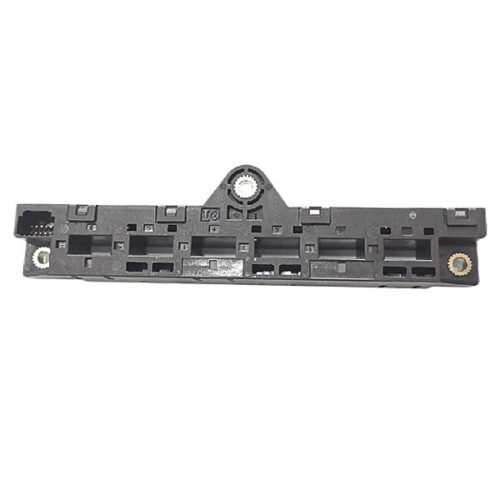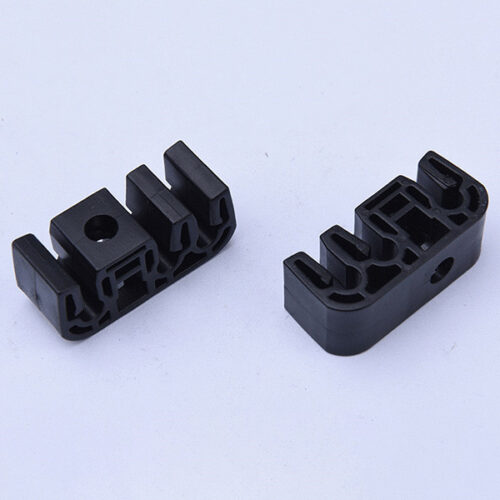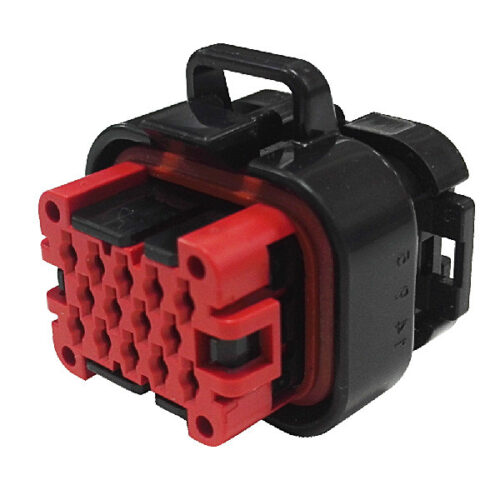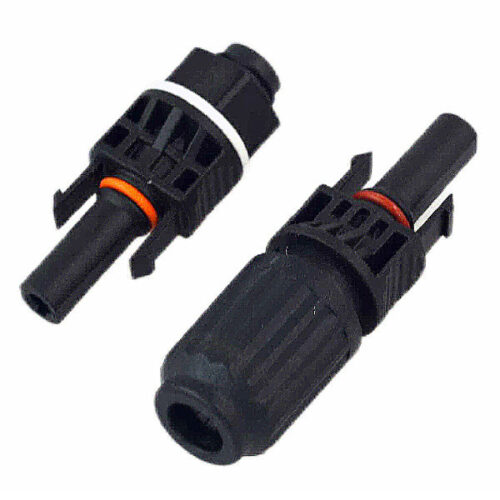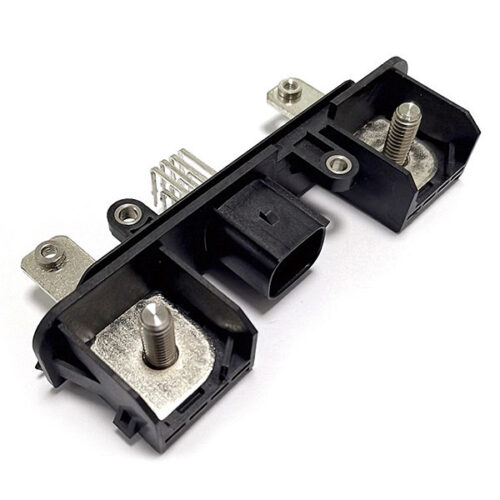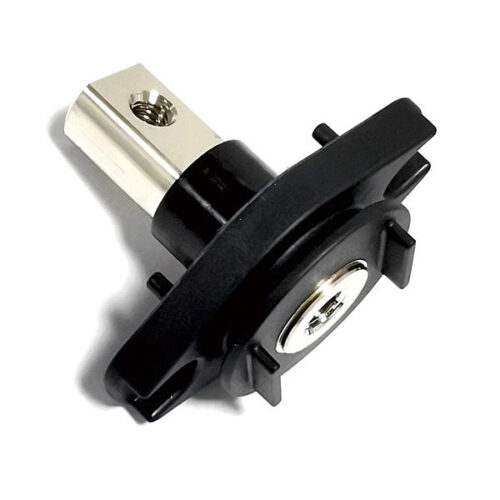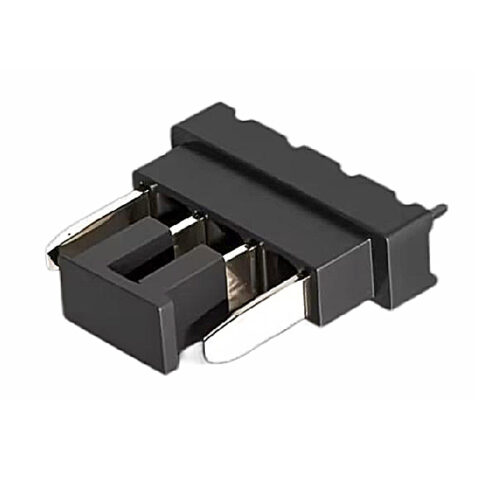Blogs & News
We are focus on automotive wiring harness & connectors technology.
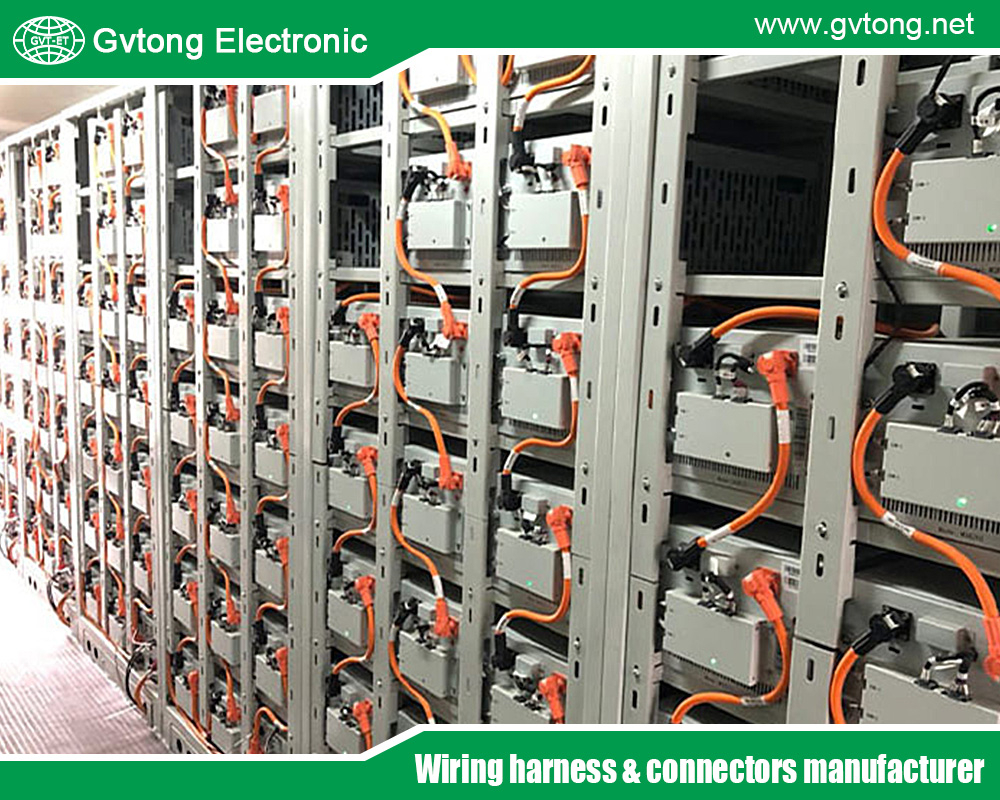
How does the material and durability of the automotive High voltage connector?
- Gvtong Electronic
- 2p 32p Automotive Connector Terminal Crimping, auto Connector, Automobile Waterproof Connector, Automotive electrical connectors, automotive High voltage connector, automotive High voltage connector company, automotive High voltage connector factory, automotive High voltage connector manufacturer, automotive High voltage connector supplier, automotive Vehicle Connector, automotive Wire Battery Terminal Connector, Connecting Terminal, Copper Alloy Connector, electric Connectors Terminal, electric Fast Compact Wire Connector, electrical connector aviation connectors, high Current Connectors, high Voltage Interface Connectors, male Female Wire Connector, new Energy Connectors, plug Auto Electrical Wire Connectors, right Angle Pin Header Pcb Connector, sealed Automotive Connectors, Waterproof Connector, wire connectors electrical
- No Comments
Research suggests that materials like iON EV Clad, copper-beryllium alloys, and insulating plastics enhance durability in automotive high voltage connectors.
It seems likely that these materials improve resistance to wear, heat, and environmental damage, ensuring long-term reliability.
The evidence leans toward shielding and sealing features also contributing to durability by protecting against electrical breakdown and corrosion.
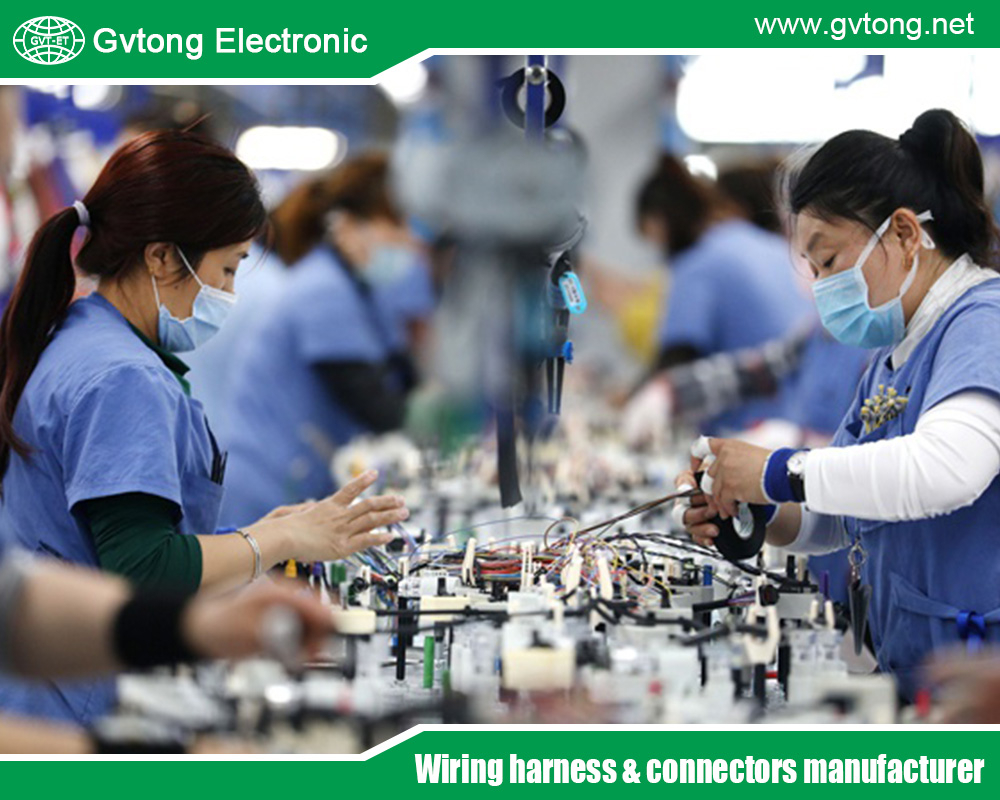
Materials and Their Role
Automotive high voltage connectors, used in electric and hybrid vehicles, rely on specific materials to handle high electrical loads safely. Conductive materials like iON EV Clad (a silver-based alloy) and copper-beryllium alloys ensure good conductivity and resist wear, while insulating plastics and shielding rings prevent electrical breakdown. These materials help the connectors last longer by withstanding heat, vibration, and harsh conditions.
Durability Factors
Durability is improved by these materials’ ability to resist corrosion, maintain electrical performance under high temperatures, and protect against moisture and dust. Features like waterproof seals and 360° shielding further enhance longevity, ensuring the connectors work reliably over time, especially in demanding automotive environments.
Comprehensive Analysis of Materials and Durability in Automotive High Voltage Connectors
Selecting materials for automotive high voltage connectors, critical for electric and hybrid vehicles, is a complex process that directly influences their durability and performance. These connectors, operating at voltages typically ranging from 60V to 800V or higher, must handle significant electrical loads while withstanding harsh automotive environments.
Electrical and Mechanical Requirements
The foundation of high voltage connectors lies in their ability to manage high electrical loads while resisting environmental stresses. Research indicates that these connectors must maintain low contact resistance, high insulation resistance, and mechanical stability under vibrations, temperature extremes, and exposure to chemicals. For instance, high voltage connectors are designed for stability and reliability in power transmission, crucial for applications like battery packs, charging ports, and motor controllers.
Material Selection: Enhancing Durability
The choice of materials significantly impacts durability, with high voltage connectors using a range of substances to withstand automotive conditions:
Conductive Materials:
iON EV Clad (Silver-based Alloy): Used in EV charger connectors, this proprietary material enhances friction characteristics, withstands high currents, and offers outstanding wear performance and high-temperature stability, contributing to long-life durability. It is a drop-in replacement for pure silver, better suited for fast-charging applications due to its hardness and conductivity.
Copper-Beryllium Alloys: Utilized in charger spring contacts and connectors for sensors, these alloys contribute to ruggedized components that can handle high-current and environmental stress, implying good durability under mechanical and thermal loads.
Electroplated Silver: While used in slower systems, it lacks the material hardness needed for rapid charge applications, suggesting lower durability in high-stress environments.
Insulating and Structural Materials:
Plastic Shells and Insulators: Chosen for their high voltage resistance and insulation properties, these materials prevent electrical breakdown or arcing. They are often designed to be waterproof and dustproof, protecting against environmental damage and extending lifespan.
Shielding Rings: Both internal and external shielding rings provide 360° shielding protection, improving reliability and durability in high-voltage scenarios (60~800V or higher). This shielding helps prevent electromagnetic interference and enhances mechanical stability.
Advanced Materials:
Graphene, Copper Alloys, Advanced Composites: Used in connectors and cables to reduce resistance and increase conductivity, enabling higher currents. While primarily focused on electrical performance, reduced resistance can indirectly improve durability by minimizing heat generation, which could otherwise degrade materials.
Structural Design: Mechanical Stability
High voltage connectors incorporate structural features to improve durability:
Metal Shells: Some connectors, like those mentioned in 9 Common Types of High Voltage Connectors, use metal shells for added mechanical strength, enhancing resistance to vibration and impact.
Sealing Mechanisms: Features like O-rings and gaskets, inferred from the need for waterproofing, ensure protection against moisture and dust, reducing the risk of corrosion and maintaining electrical insulation.
Locking Mechanisms: Secure locking systems prevent accidental disconnection, ensuring mechanical stability under dynamic conditions.
Environmental Protection: Resisting Harsh Conditions
To enhance durability, high voltage connectors often include environmental protection features:
Waterproof and Dustproof Designs: Materials and seals ensure IP ratings like IP67 or IP68, protecting against moisture and dust, as inferred from Differences Between Car High-voltage and Low-voltage Connectors. This is crucial for connectors exposed to engine compartments or exterior conditions.
Temperature Resistance: Materials must withstand temperature extremes, with iON EV Clad offering high-temperature stability, ensuring performance in hot environments like charging stations or under-hood applications.
Electrical Integrity: Maintaining Performance
The contact design is critical for durability and performance:
Multiple Contact Points: High voltage connectors often feature numerous contact points to ensure reliable electrical connection, reducing the risk of open circuits or high resistance, which can degrade performance over time.
Low Resistance: Materials like copper alloys and silver-based alloys ensure low contact resistance, minimizing heat generation and maintaining electrical integrity, as supported by Materials Make the Difference in EV Charging.
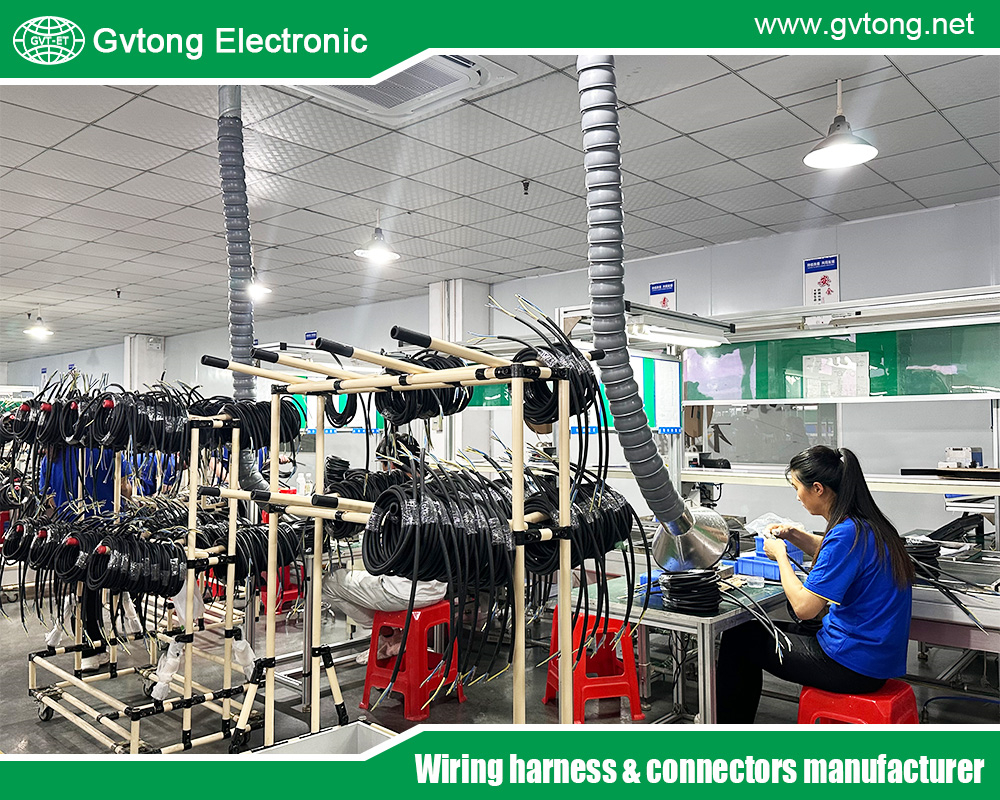
Standards and Certifications: Ensuring Reliability
High voltage connectors often comply with automotive standards like SAE USCAR2 or ISO 10487, which specify performance requirements for durability, environmental resistance, and electrical performance. This compliance ensures the connectors meet the demands of automotive applications, enhancing both durability and safety.
Application-Specific Needs: Tailoring to Vehicle Systems
Different automotive applications require tailored material choices. For example, connectors in battery packs may need to resist oil and high temperatures, while those in charging ports prioritize durability under frequent mating cycles. This is ensuring high voltage connectors meet specific vehicle needs.
This comprehensive approach ensures automotive high voltage connectors maintain high durability, enhancing vehicle safety and functionality in demanding conditions.
For more about How does the material and durability of the automotive High voltage connector? you can pay a visit to Gvtong at https://www.gvtong.net/ for more info.

